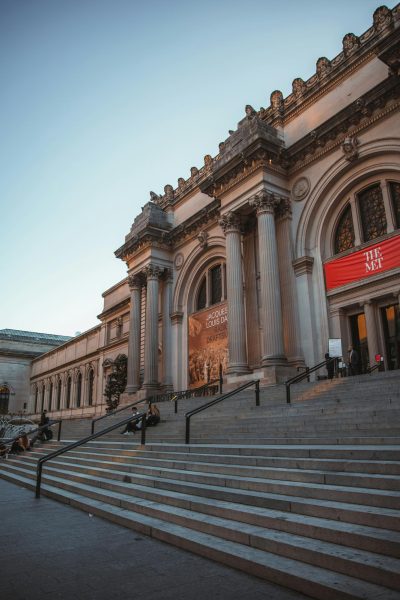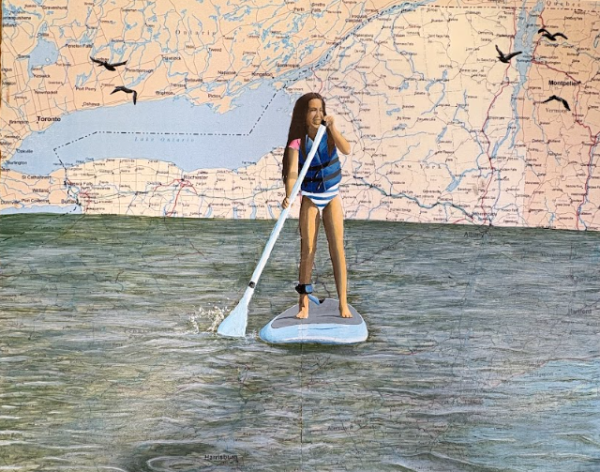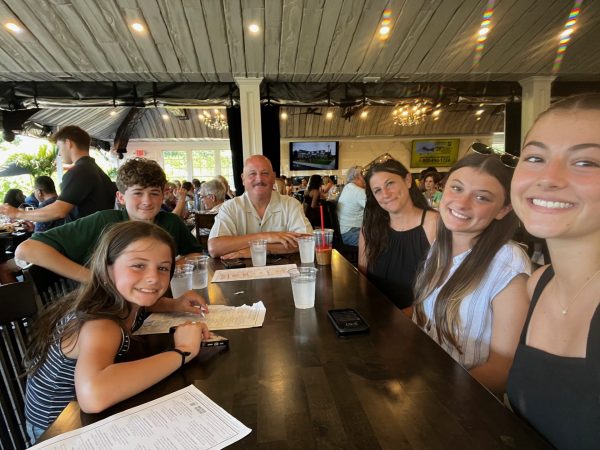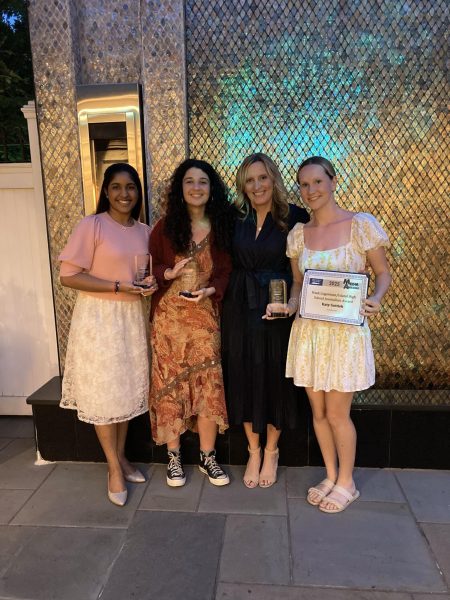Cascatelli: The Newest Shape in Pasta
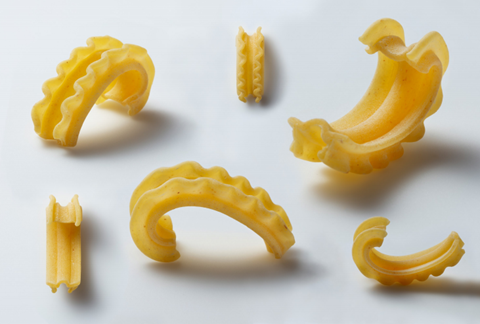
The new pasta shape, cascatelli, invented by Dan Pashman.
Are you looking for a pasta that has a crafty shape, can hold the right amount of sauce, and has a great texture? Well, that is what Dan Pashman was looking for in pasta, and he decided to create it. Cascatelli is the name of the new pasta that has a crafty shape, has a great texture, and can hold the right amount of sauce.
Pashman, the creator of cascatelli, stated, “I host a podcast called The Sporkful, which is my main job. Originally, I just wanted to do something that would let me tell a cool story on The Sporkful, and so I wanted to create a new food and we would describe the process in the matter. I wanted to invent in a way that it would be real, like I wanted to make a new product. I was thinking what food it would be and I knew I wanted it to be a food that everyone knows, loves, has an opinion about; something that wasn’t too expensive; it was shelf stable (so it would not spoil); I wanted to be able to ship it all over the country so everyone in the country will be able to buy the thing; I did not want it to just be a fancy and expensive product; and I wanted everyone to be able to purchase it, so I settled on pasta shape. I felt like I love pasta – I’m not a chef, I’m not Italian, I’m not an expert on pasta- I’m only good at eating it, that’s the only talent I have. I love all pasta shapes, but there is one thing that annoys me about them, which is that they all have one thing you wish it had, and that made me wonder if I could do better.”
Pasta was first brought about by China over 2,000 years ago when they created noodles. Pasta was then brought to Italy by Marco Polo during the thirteenth century, according to PBS. Italians took over the pasta empire and created pastas such as penne, spaghetti, tortellini, ravioli, fettucine, and much more. Not many Americans have created new types of pastas recently, but that changed when Pashman created the now famous cascatelli pasta. “At first, I wanted to create cascatelli because I just wanted to tell a great story for my podcast. As I worked on it more, the motivation became to bring together all my favorite elements of pasta in a way that they were never brought together before. Then it kind of became to really try to make people think about pasta shapes. People think of five or ten shapes that they get at the supermarket and those are fine. I wanted to get people to think about pasta shapes more and to realize like, ‘Oh yeah, spaghetti isn’t that great.’ I just never questioned it. People put spaghetti in front of me and I eat it, but I think I, a lot of what I wanted was to get people, to have a new, a deeper appreciation for the world of pasta shapes, and to understand that there’s still opportunity for innovation, new ideas for pasta,” Pashman said.
Leonard Bruno, an Italian teacher, commented, “Pastas like rigatoni and penne have a hole in the middle to hold the savory sauce. Fettucine is a longer pasta that is flat, so it can hold a good amount of sauce on top of the noodle. Spaghetti, though, is a pasta that, in America, is eaten with a lot of sauce and does not always hold a good amount of sauce. The sauce on spaghetti never stays. Though, in Italy, spaghetti and some other pastas are often eaten with only a little bit of sauce (which is called ‘pastascuita’). New pasta is nice, but I hope this pasta does not outshine the other types of pasta that the Italians made.”
Pashman explained why he choose to call his new pasta cascatelli: “My favorite shapes are the ones that were named from an Italian word that looks like the pasta. There’s too many to name, but that’s what I wanted to do. I then had to ask myself ‘what does this look like?’ Most of the names we came up with first were too long, and it was hard for the average non-Italian speaking American to pronounce it or spell it. We wanted a name that people would remember. The name I liked the most before cascatelli was Mula Pat, which means millipede, but people thought it was a gross that it was named after a millipede. We then came across cascatelli, which is like the word little waterfalls because if you hold the pasta vertically, the ruffles kind of look like flowing water.”
Cascatelli looks nothing like any other pasta. The pasta was formed so that a fork can be inserted anywhere and so that it can hold a great amount of sauce. The pasta itself is larger than most pastas, but you do not have to add as much heavy sauce and pesto, according to The New York Times. According to an article written about the pasta on the Food Network, Pashman said Cascatelli delivered on three key metrics: “sauceabiltiy,” “toothsinkability,” and “forkability.”
Three years ago, Pashman started to do research to create the best pasta. He is the host of the podcast The Sporkful, which has won a Webby Award. When trying to create the pasta, Pashman started a series in his podcast called “Mission: ImPASTAble.” Pashman explained, “At first, I wanted to create cascatelli because I just wanted to tell a great story for my podcast. As I worked on it more, the motivation became to bring together all my favorite elements of pasta in a way that they were never brought together before. Then it kind of became to really try to make people think about pasta shapes. People think of five or ten shapes that they get at the supermarket and those are fine. I wanted to get people to think about pasta shapes more and to realize like, ‘Oh yeah, spaghetti, isn’t that great.’ I just never questioned it. People put spaghetti in front of me and I eat it, but I think a lot of what I wanted was to get people to have a new, a deeper appreciation for the world of pasta shapes, and to understand that there’s still opportunity for innovation and new ideas for pasta.” The pasta company Sfoglini decided to create a deal with Pashman to sell the pasta. After three years of research and creativity, Pashman created a new pasta that is taking the world by storm.
This pasta has sold out quickly after being first released. “The best part of this experience is that my wife and daughters were part of the process of creating the shape. Also, people all over the country and the world are buying it, and then they’re cooking it. I enjoy the fact that people are coming up with all these creative sauces and other preparations for this pasta. It’s a very incredible feeling to turn on your Instagram stories and see all these people all over the planet, cooking this pasta that I invented,” Pashman said. Cascatelli is currently being sold on Sfoglini’s website. Though, if you want cascatelli, you’re going to have to wait a while. According to Sfoglini’s website, you can order the pasta, but due to overwhelming demand, the pasta will not ship for approximately 10 weeks. Even though 10 weeks is a long time, it’s reported to be worth it, according to the Food Network.
For more, read the Q&A With Dan Pashman, Creator of Cascatelli

































